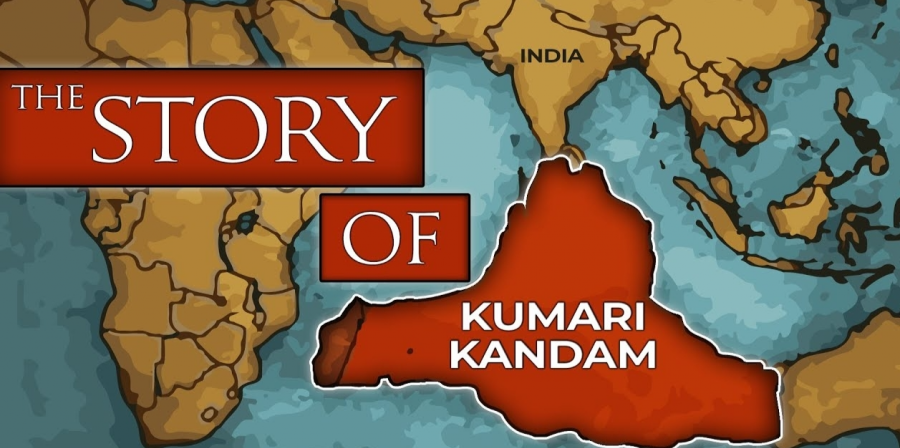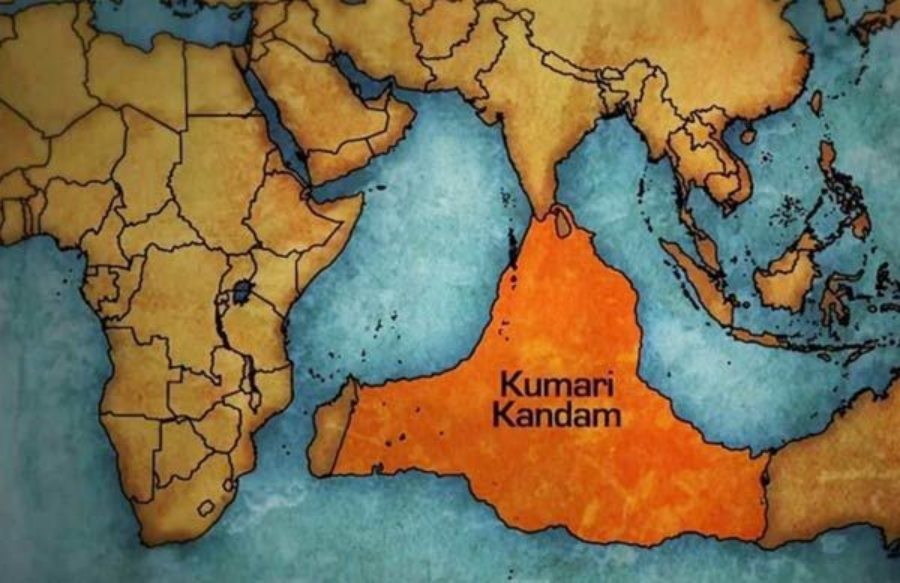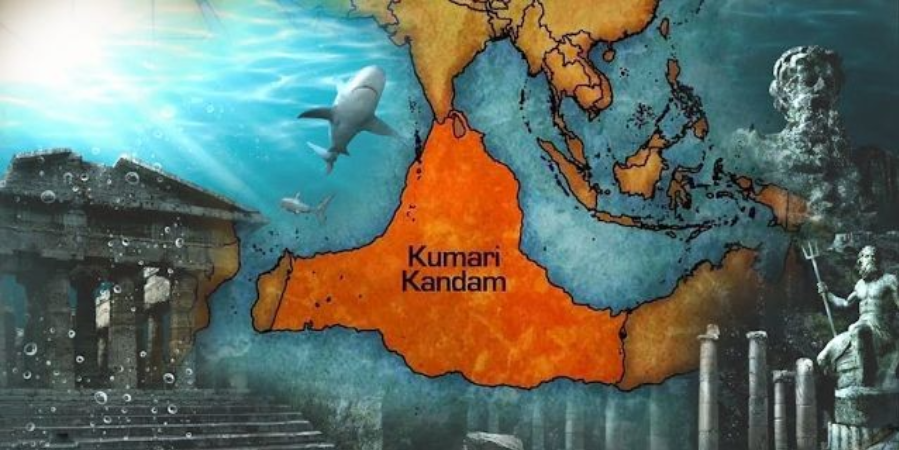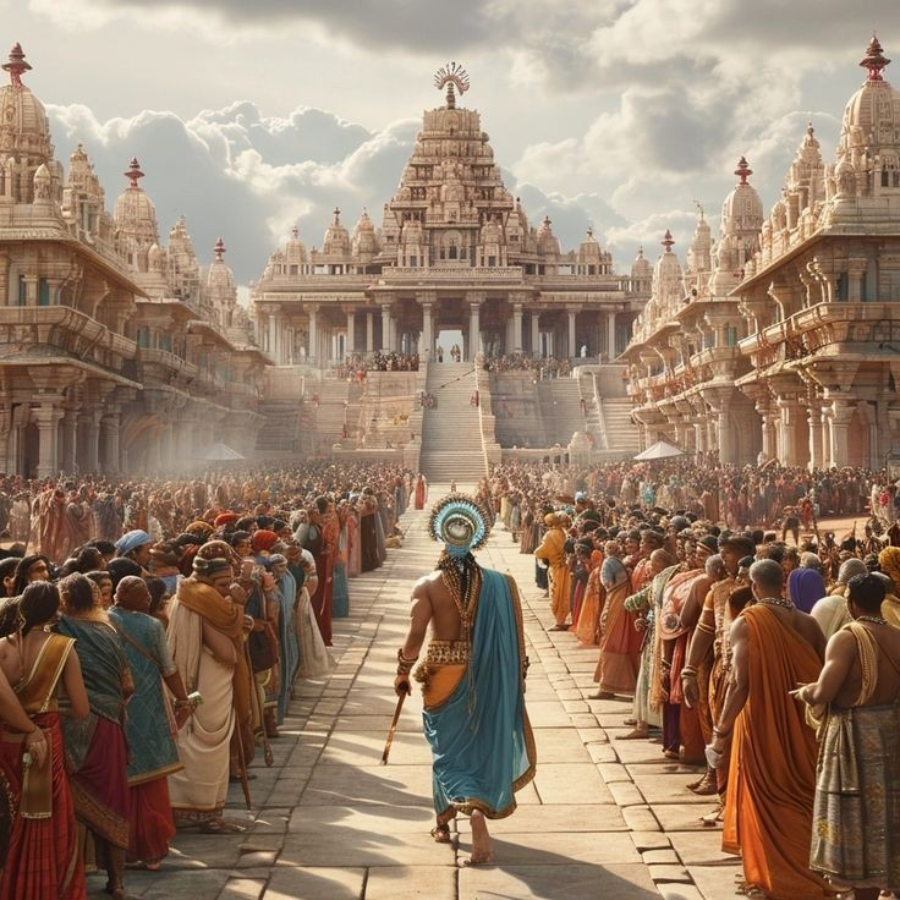

The story of the Kumari Kandam continent, believed to have existed during the 15th century, is a fascinating blend of mythology, legend, and historical speculation. Often referred to as "Lemuria" in Western texts, Kumari Kandam is said to be a sunken landmass that once connected India, Madagascar, and Australia. This mythical continent is deeply embedded in Tamil culture and literature, symbolizing a lost golden age of civilization.

### Origins and Description
Kumari Kandam first gained prominence in Tamil Sangam literature, which dates back over 2,000 years. According to these ancient texts, Kumari Kandam was a vast and prosperous continent ruled by the Pandya dynasty. The land was fertile and supported a highly advanced civilization with flourishing arts, literature, and architecture. It was divided into 49 regions, each governed by different clans and communities, known for their wisdom, valor, and cultural achievements.
### Mythological Significance
In Tamil mythology, Kumari Kandam holds great significance. It is considered the cradle of Tamil culture and language, where the first Tamil Sangam (academy) was established to promote poetry, philosophy, and knowledge. The legend narrates that this continent extended from the southern tip of present-day India into the Indian Ocean. The Pandyas, revered as benevolent and just rulers, were believed to have reigned over this utopian land, fostering peace and prosperity.
### Cataclysmic Destruction
The destruction of Kumari Kandam is attributed to a series of cataclysmic events, often described as massive floods and geological upheavals. These events are said to have submerged the continent under the ocean, resulting in the loss of this advanced civilization. The myth suggests that the survivors of this catastrophe migrated to various parts of South India and Sri Lanka, carrying with them their rich cultural heritage and knowledge.

### Historical and Geological Speculations
The concept of Kumari Kandam has intrigued historians and geologists, leading to various theories and speculations. Some believe that the legend could be based on real geological events, such as the subduction of land masses due to tectonic activity. The Indian Ocean region is known for its seismic activity, which might have caused significant changes in the coastline over millennia.
In the late 19th and early 20th centuries, the idea of a lost continent gained scientific interest through the theory of "Lemuria." Proposed by zoologist Philip Sclater, Lemuria was hypothesized to explain the distribution of certain flora and fauna across India, Madagascar, and Africa. However, modern plate tectonics and continental drift theories have largely discredited the existence of such a continent.

### Cultural Impact
Despite the lack of scientific evidence, the legend of Kumari Kandam continues to hold a special place in Tamil culture. It symbolizes a lost epoch of grandeur and serves as a poignant reminder of the impermanence of civilizations. The story is celebrated in Tamil literature, folklore, and arts, reflecting the enduring legacy of this mythical land.

### Conclusion
The story of Kumari Kandam, whether rooted in myth or distant geological events, remains a captivating tale of a lost civilization. It highlights the rich cultural tapestry of Tamil heritage and continues to inspire curiosity and imagination about the mysteries of our ancient past.




